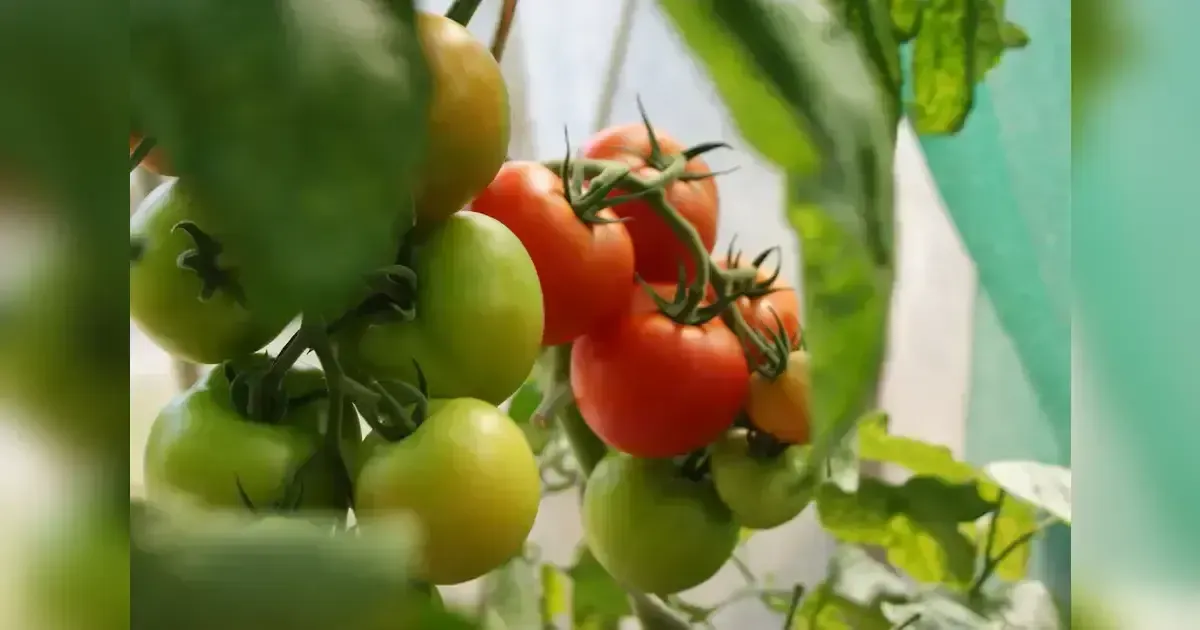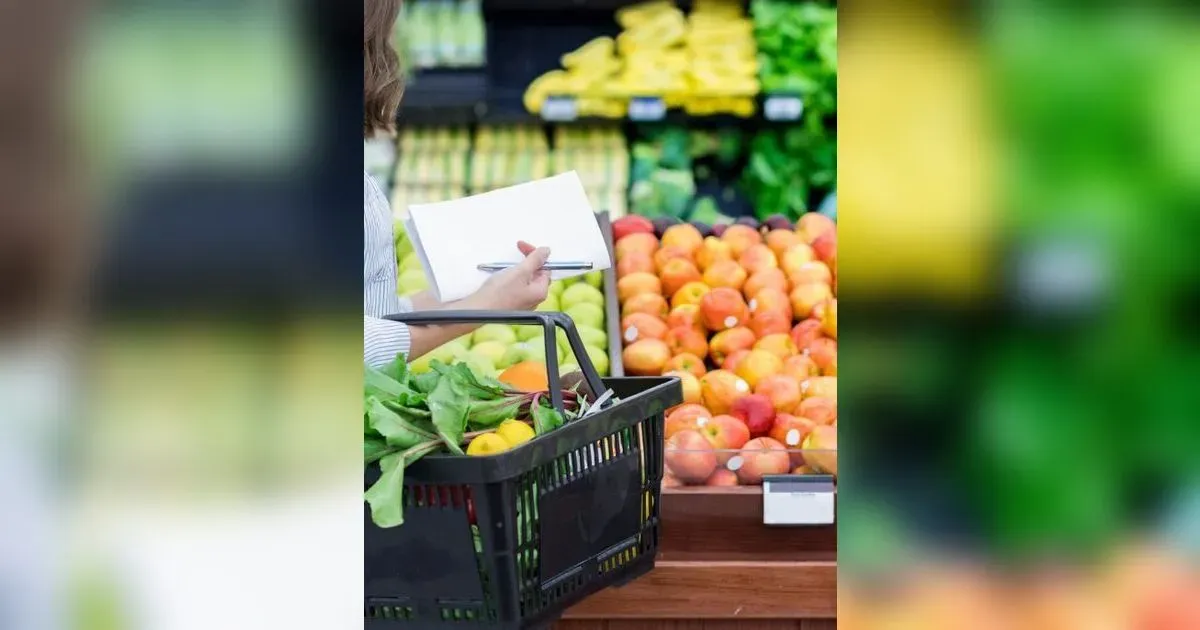Learn more about How To Grow Tomatoes In Your Home Garden.
Planting tomatoes with kids is a fantastic and easy way to pique their interest in gardening. They can be planted inside early spring and transplanted outdoors in mid to late June after the final frosts. You could purchase small tomato plants from a garden center and transplant them, but we believe children engage more with plants when they have planted the seeds themselves.
What greater teaching experience is there than planting a small seed and later harvesting the tasty fruits to nourish oneself? Therefore, here is the information you need to be aware of when cultivating tomatoes. You'll require:
Tomato seed
Seed starters made from recycled materials
Compost specifically designed for seeds.
Mini watering can or spray bottle of water (if desired)
Fertilizer for tomato plants
Bigger containers such as pots or cups made of paper.
Bigger containers for bigger tomato plants
Soil mixture for pots
Begin By Selecting Your Containers For Planting
Tomato seeds are tiny, hence requiring small seed starting pots. Often, we prefer to repurpose many of our kitchen scraps such as yogurt containers, toilet paper rolls, and even egg cartons. You don't have to have a fancy set, just use yogurt pots, egg carton trays, or any other recycled container.
You have the option to create your own paper pots. Children enjoy using these common objects in a unique manner. Allow them to add color or paint to customize them further. Place a transparent plastic cell tray with 12 separate cells for planting into it.
Include Your Compost
Seeds are self-contained packages that include all the necessary components for initiating growth. No additional nutrients are necessary until the seedling has used up the existing nutrients as excess nutrients can hinder its growth and be a waste of money since they would just be washed away.
Growing Tomatoes With Children
A seed starter containing small pods is sufficient for growing tomatoes. It is important to use a sterile, low-nutrient seed starting mix instead of garden soil to avoid potential contamination with viruses, fungus, and harmful substances like snail eggs that could hinder seed growth or cause it to rot.
You wouldn't want to accidentally care for a weed seedling instead of your valuable tomato plant. You should fill your pots with multipurpose compost. This activity is enjoyable for children to actually make a mess with their hands. It is crucial for children to touch the soil, feel its texture, and establish a connection with it.
Provide them with scoops, spoons, or small gardening tools, and allow them to enjoy scooping and filling the pots. Mark your tomato seedlings with labels, an excellent opportunity for children to assist. Depending on the size of your starter pots, you should only plant 2 or 3 seeds on top of each pot.
Which Types Of Tomato Seeds Are Best For Planting With Children?
There are various types of tomatoes, which may cause confusion, but they fall into distinct categories. Selecting the appropriate variety of tomatoes is crucial for their successful growth as they thrive in warm temperatures. Tomatoes are categorized into various types ranging from small, juicy cherry tomatoes to salad, plum, and the larger beefsteak variety.
We think the simplest tomatoes to cultivate with children are the cherry types that grow on compact plants. They require minimal effort. If you lack a garden, you can still grow them in a pot on the table and enjoy an abundance of small, delicious tomatoes that your children will adore.
Place a thin layer of compost over the seedlings.
Next, plant your germinating tomato seeds in the soil.
Place a thin layer of all-purpose or seed compost over the seeds and lightly press to even out the surface.
Utilize bottle caps for marking seeds.
Make sure to attach a label to your seeds.
Next, identify your seeds. It is crucial to label tomato plant seeds when sowing them to differentiate between plants and provide appropriate care. This could also be an enjoyable activity for children.
Utilize plastic utensils, and popsicle sticks, decorate pebbles, or cut plastic containers to create labels. We have previously utilized bottle caps for labeling names - it is effective!
Decrease the use of plastic and recycle materials to create a watering can
Using a milk jug as a watering can is a fantastic method for watering young plants. They are large enough for the children to color and decorate.
Provide your children with a misting bottle or watering can and encourage them to lightly water the top layer of soil.
Motivate the children to inspect daily and ensure the soil stays moist…not too wet.
Motivate them to use their finger to feel the soil's corner and determine its moisture level.
Kids will have a blast with a mini greenhouse designed for planting seeds.
Protect your seeds by covering them and then putting them in a warm location.
Allow Them To Develop
Place your seedling pots in a cozy indoor area. A shelf above a radiator is used for tomatoes since they require warm air for optimal germination. Cover the seeds with a plastic bag to retain moisture, if desired, although it is not necessary.
What is The Duration Of Time Required For Tomatoes To Grow?
Within about a week, your seeds will start to grow small green leaves. At this stage, you should transfer them to a sunny windowsill or your grow box. Your young plants will thrive and grow vigorously when placed in a sunny location with abundant light. In the near future, you will have delicious tomatoes.
When your seedlings are around 12cm tall or roots start to show at the bottom of the pot, show your children how to carefully tip the pot upside down into your hand and transfer the plant, along with its compact roots, into a slightly bigger pot.
This time, primarily use your all-purpose soil, but you can also gradually introduce some garden soil to allow your plants to acclimate to the soil they will ultimately thrive in. Continue transplanting the tomatoes into progressively larger pots as soon as you notice white roots emerging from the bottom of the current pot.


























